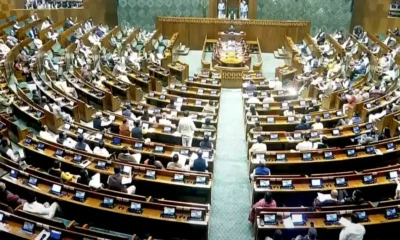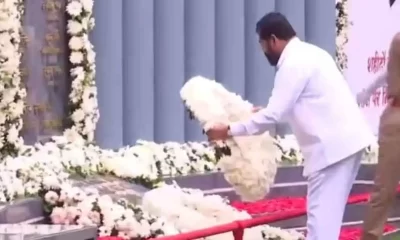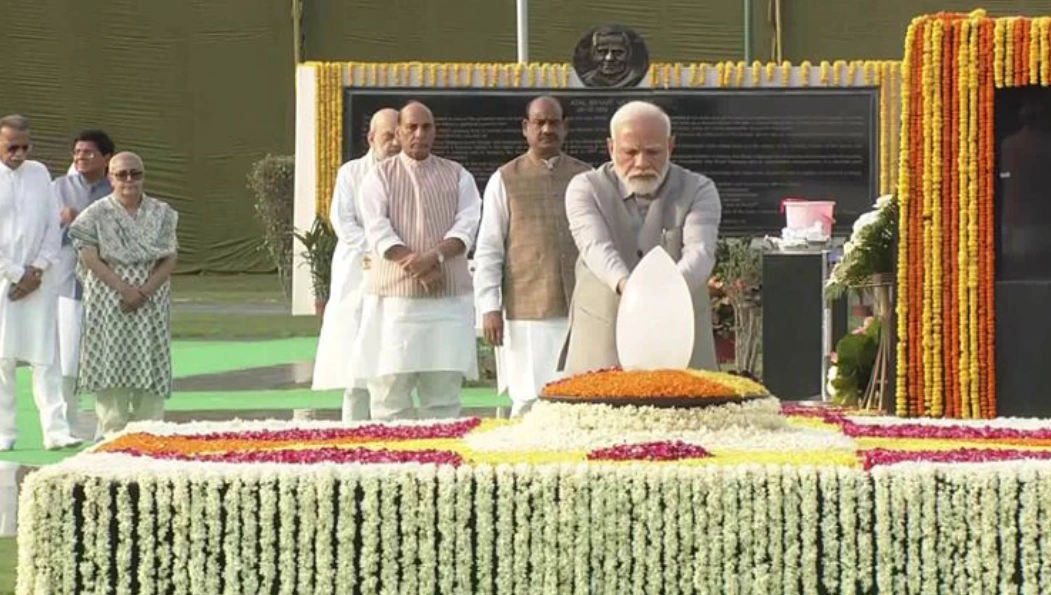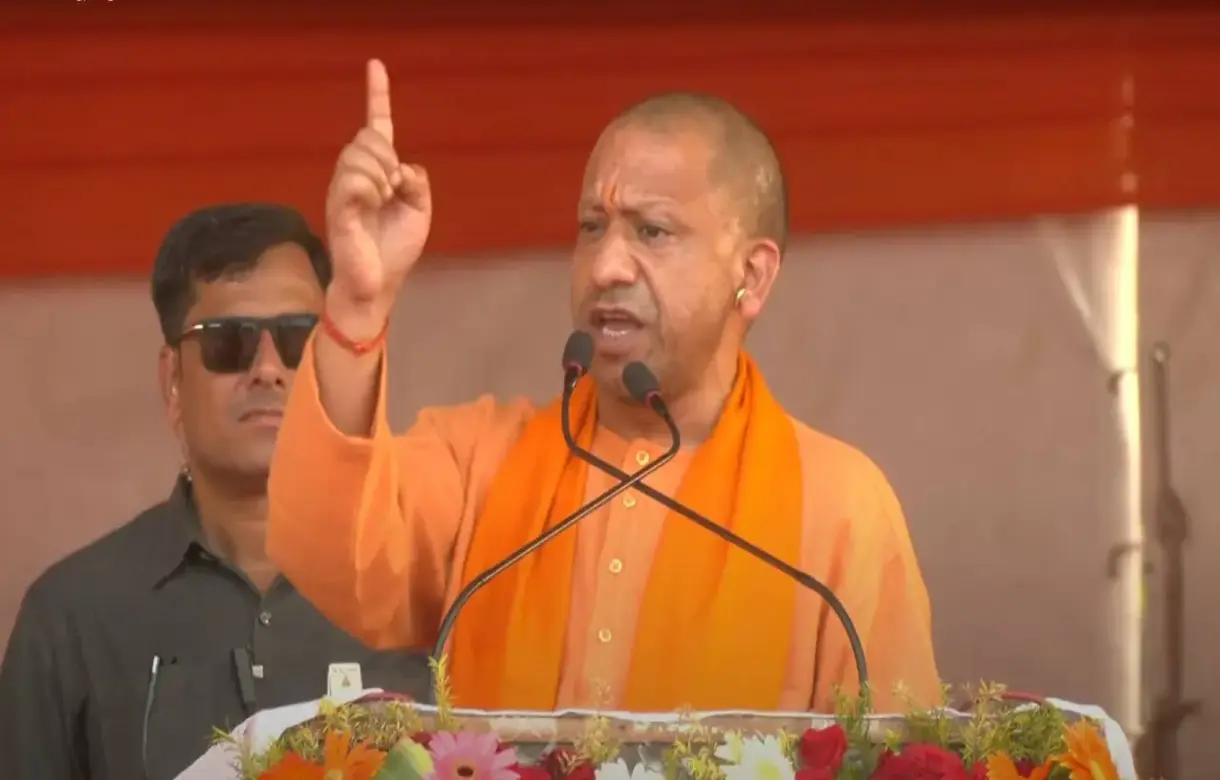India News
From Dr Rajendra Prasad to Droupadi Murmu, a look at Presidents of India and their tenure
Draupadi Murmu became the first tribal and the second woman after Pratibha Devi Singh Patil to be appointed for the highest office.

India News
PM Modi pays tribute to Atal Bihari Vajpayee at Sadaiv Atal, says leadership is defined by conduct
PM Modi paid tribute to Atal Bihari Vajpayee at Sadaiv Atal, saying true leadership is defined by conduct and values, not by position.
India News
Cried over Gaza, not a word on Bangladesh: Yogi Adityanath attacks opposition in UP Assembly
Yogi Adityanath criticised the opposition in the UP Assembly, accusing them of selective outrage over Gaza while remaining silent on violence against Hindus in Bangladesh.
India News
Christmas 2025 wishes for WhatsApp and Instagram status to share joy and warmth
From faith and kindness to love and joy, here are simple Christmas 2025 wishes you can use as WhatsApp and Instagram status messages.
-

 Latest world news19 hours ago
Latest world news19 hours agoTarique Rahman returns to Dhaka after 17 years, massive crowd greets BNP leader
-

 India News24 hours ago
India News24 hours agoKarnataka bus-truck collision on NH-48 leaves 10 dead as sleeper bus catches fire
-

 India News23 hours ago
India News23 hours agoCried over Gaza, not a word on Bangladesh: Yogi Adityanath attacks opposition in UP Assembly
-

 Latest world news16 hours ago
Latest world news16 hours agoKhaleda son Tarique Rahman arrives to rapturous welcome in Bangladesh
-

 India News24 hours ago
India News24 hours agoChristmas 2025 wishes for WhatsApp and Instagram status to share joy and warmth
-
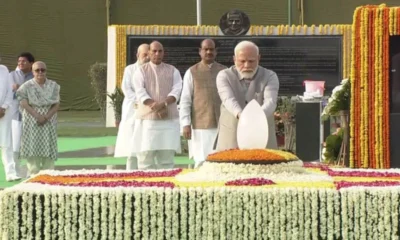
 India News23 hours ago
India News23 hours agoPM Modi pays tribute to Atal Bihari Vajpayee at Sadaiv Atal, says leadership is defined by conduct









